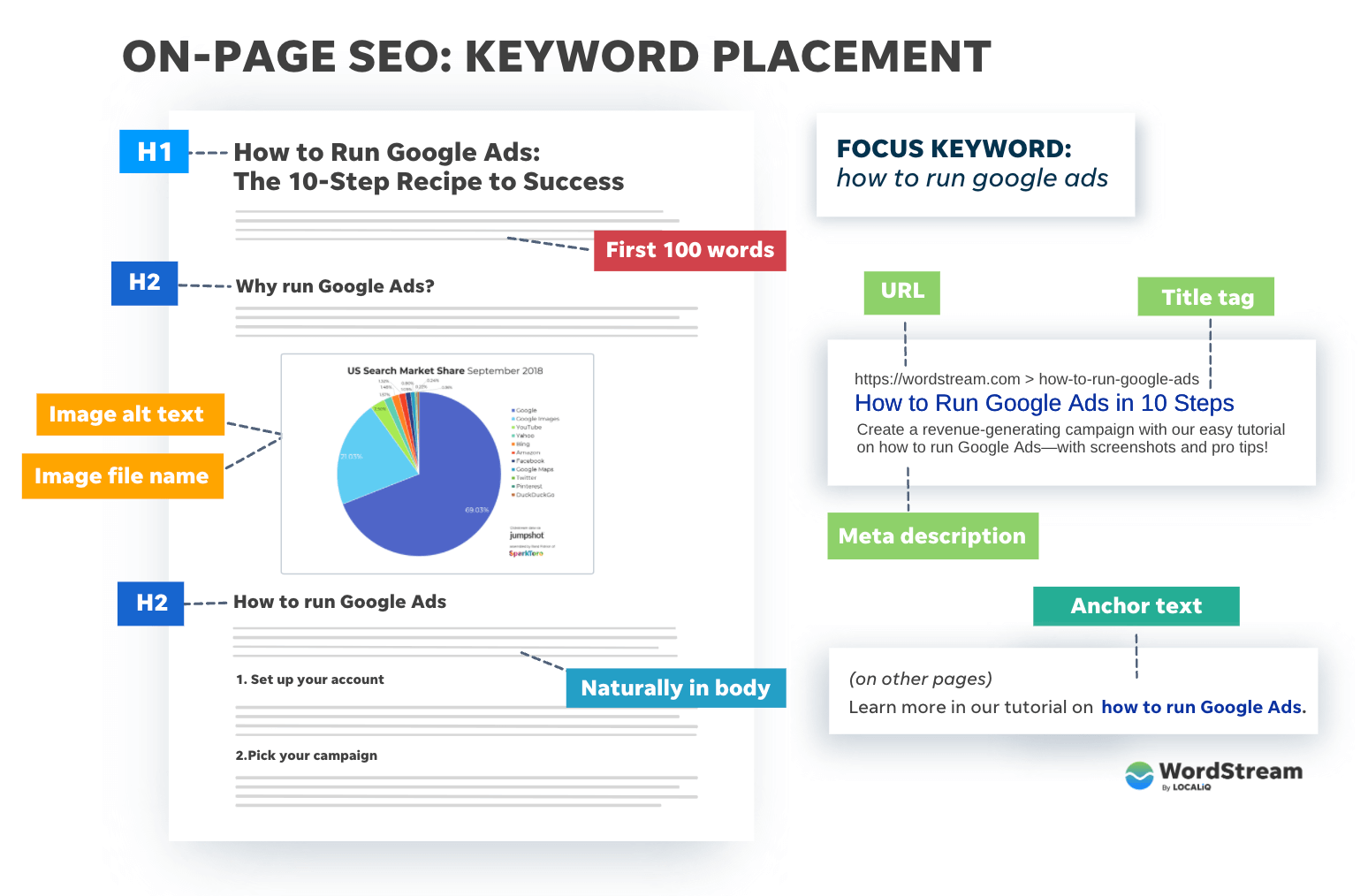Demystifying Secondary Dimensions in Google Analytics: Interpretation and Practical Applications
Demystifying Secondary Dimensions in Google Analytics: Interpretation and Practical Applications
Blog Article
Revealing the Influence of Additional Measurement in Google Analytics on Information Analysis and Insights
In the world of data analytics, the use of secondary dimensions within Google Analytics has actually emerged as a crucial tool for extracting deeper understandings and unraveling complicated patterns that might otherwise stay obscured. By peeling off back the layers of key information collections, second measurements offer a nuanced perspective that enhances the understanding of customer actions, internet site efficiency, and the performance of marketing techniques.
Checking Out the Idea of Second Measurements
Second dimensions in Google Analytics provide additional insights by enabling individuals to evaluate main information along with an additional attribute. This feature enables a much more thorough understanding of the primary information by adding an additional layer of details for evaluation. By integrating additional dimensions, customers can dive deeper into the information and reveal valuable correlations that might otherwise go unnoticed. For instance, by matching the main information of site web traffic with secondary dimensions like demographics or habits, marketing experts can get an extra extensive view of their target market and tailor their approaches accordingly.
By checking out the different secondary measurements available in Google Analytics, customers can unlock brand-new insights and enhance their electronic advertising and marketing initiatives. In significance, second measurements offer as a powerful tool for enhancing information evaluation and driving actionable results.
Enhancing Data Interpretation With Additional Measurements
Having established the foundational understanding of second measurements in Google Analytics and their pivotal role in information evaluation, the emphasis now changes in the direction of leveraging these secondary features to boost the interpretation of analytics data (what is a secondary dimension in google analytics). By including additional measurements right into data evaluation, experts can gain deeper insights right into user habits, internet site efficiency, and advertising efficiency

Additionally, secondary measurements assist in contextualizing primary data metrics by giving added layers of info. This contextualization aids in comprehending the 'why' behind the data fads, assisting analysts make educated optimizations and decisions to boost total performance. Ultimately, including second measurements enhances the data interpretation process, resulting in even more purposeful understandings and strategic actions.
Discovering Hidden Insights Via Secondary Dimensions
Exploring the midsts of analytics information with additional dimensions exposes important understandings that would or else continue to be covered. By integrating additional dimensions in Google Analytics, organizations can unearth concealed patterns, trends, and relationships that provide a more thorough understanding of user habits and website performance. These added layers of data enable experts to delve deeper right into the primary measurements, such as traffic resources or landing pages, and gain a more nuanced viewpoint on just how different variables connect with each other.
Via using secondary dimensions, analysts can segment and contrast information throughout various dimensions, allowing them to identify certain factors that influence customer engagement, conversion prices, and overall success metrics. For instance, by coupling the main dimension of 'gadget category' with the additional measurement of 'age,' marketing experts can identify which age demographics choose accessing the internet site with smart phones versus desktop computers. This level of granularity equips companies to make data-driven decisions and maximize their strategies for much better outcomes. Eventually, discovering covert insights through second measurements improves the depth and accuracy of data evaluation, bring about more informed decision-making and boosted efficiency end results.
Leveraging Secondary Measurements for Actionable Analytics
Structure upon the understandings revealed through secondary dimensions in Google Analytics, companies can now harness this enriched data landscape to drive actionable analytics and tactical decision-making. By leveraging second measurements, companies can dig much deeper right into their information to remove beneficial patterns, fads, and correlations that may have formerly gone unnoticed. This much deeper level of evaluation allows organizations to acquire a much more detailed understanding of user actions, campaign efficiency, and total website performance.
One secret benefit of utilizing additional measurements for actionable analytics is the capability to sector data based on certain criteria. This segmentation permits companies to customize their strategies and campaigns to various audience teams, resulting in a lot more targeted and efficient marketing initiatives - what is a secondary dimension in google analytics. Furthermore, secondary measurements offer an even more all natural view of user communications, making it possible for companies to enhance their internet site content, style, and total individual experience
Optimizing Decision-Making With Secondary Measurements
To improve critical decision-making in analytics, leveraging additional measurements in Google Analytics can offer an extra nuanced perspective on individual actions and project efficiency. By integrating additional measurements right into data analysis, services can dive deeper right into the specifics of their website visitors' communications and interaction patterns. This extra layer of details permits an extra comprehensive understanding of just how like this various variables, such as demographics, tools, or website traffic resources, impact vital performance indications.

Final Thought
In conclusion, making use of additional dimensions in Google Analytics plays an essential duty in boosting data analysis and discovering concealed insights. By exploring this concept, one can obtain a much deeper understanding of customer habits and make educated decisions based on actionable analytics. Leveraging additional dimensions enables for a much more detailed analysis of information and makes best use of the efficiency of decision-making procedures.

Report this page